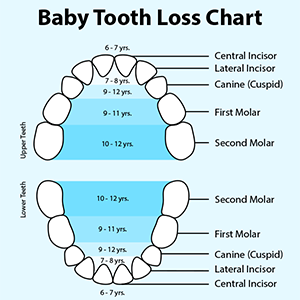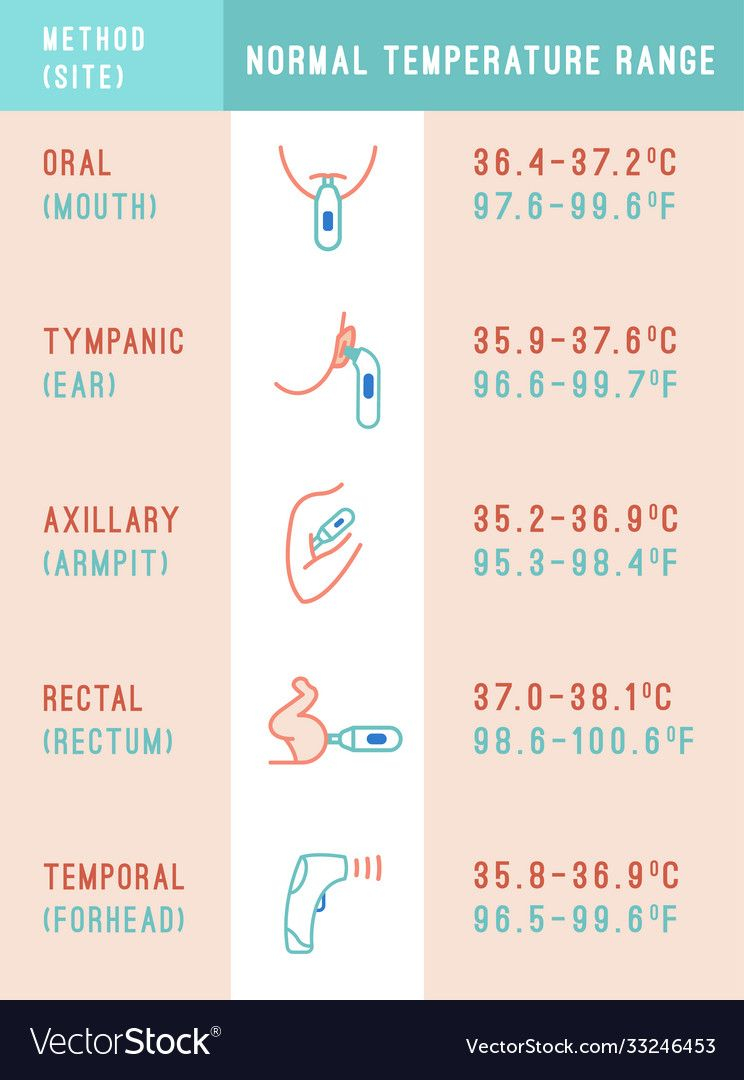Effective Exercises for Rectus Diastasis: A Guide to Strengthening and Recovery
Rectus diastasis, a condition characterized by the separation of the abdominal muscles, is a common concern during and after pregnancy. Understanding the causes and symptoms of rectus diastasis is crucial for effective management. This comprehensive guide explores safe and effective exercises to strengthen the abdominal muscles, improve rectus diastasis, and enhance overall well-being.
Engaging in appropriate exercises can significantly improve rectus diastasis, reduce abdominal pressure, and promote recovery. It’s essential to approach these exercises gradually, with proper form and technique, to avoid further strain or injury. This guide provides a structured approach to exercise, considering progression, recovery, and lifestyle factors that support healing and restoration.
Exercises For Rectus Diastasis

Rectus diastasis is a condition that occurs when the two muscles of the abdomen (the rectus abdominis) separate during pregnancy. This can cause a bulge in the abdomen and make it difficult to get rid of the “baby bump.” There are a number of exercises that can help to strengthen the abdominal muscles and close the gap between the rectus abdominis muscles.
Breathing Exercises
- Lie on your back with your knees bent and your feet flat on the floor.
- Place your hands on your lower abdomen, just below your belly button.
- Inhale deeply through your nose, and as you exhale, draw your belly button towards your spine.
- Hold for 5 seconds, then release.
- Repeat for 10-15 repetitions.
Pelvic Tilts
- Lie on your back with your knees bent and your feet flat on the floor.
- Tilt your pelvis so that your lower back presses into the floor.
- Hold for 5 seconds, then release.
- Repeat for 10-15 repetitions.
Bird Dog
- Start on your hands and knees, with your hands shoulder-width apart and your knees hip-width apart.
- Extend your right arm forward and your left leg backward at the same time.
- Hold for 5 seconds, then return to the starting position.
- Repeat on the other side.
- Do 10-15 repetitions on each side.
Plank
- Start on your forearms and toes, with your body in a straight line from your head to your heels.
- Hold for 30-60 seconds.
- Repeat for 2-3 sets.
FAQ Section
What is the main cause of rectus diastasis?
Rectus diastasis primarily occurs due to the stretching and weakening of the connective tissue between the abdominal muscles, often caused by pregnancy or excessive abdominal pressure.
Can rectus diastasis resolve on its own?
In some cases, mild rectus diastasis may improve over time with proper posture and core strengthening exercises. However, more severe cases may require specific interventions or physical therapy.
How long does it take to recover from rectus diastasis?
Recovery time varies depending on the severity of the condition and the individual’s commitment to exercise and lifestyle modifications. With consistent effort, noticeable improvements can be observed within a few weeks to several months.
Are there any exercises to avoid with rectus diastasis?
Exercises that increase intra-abdominal pressure, such as heavy lifting, crunches, and sit-ups, should be avoided as they can worsen rectus diastasis.
What lifestyle changes can support recovery from rectus diastasis?
Maintaining good posture, avoiding excessive abdominal pressure, and incorporating a balanced diet and regular exercise can significantly aid in recovery and prevent further separation of the abdominal muscles.





